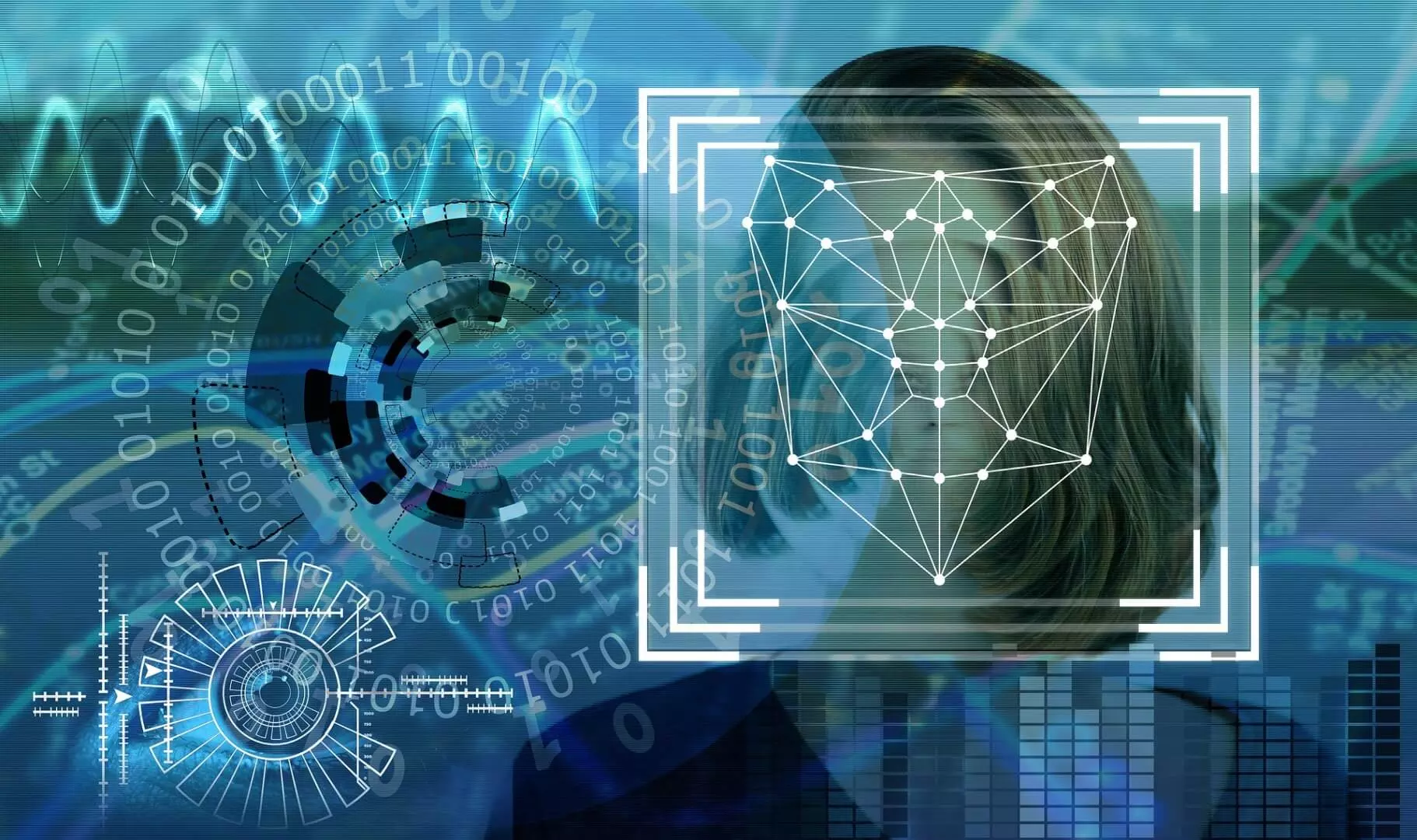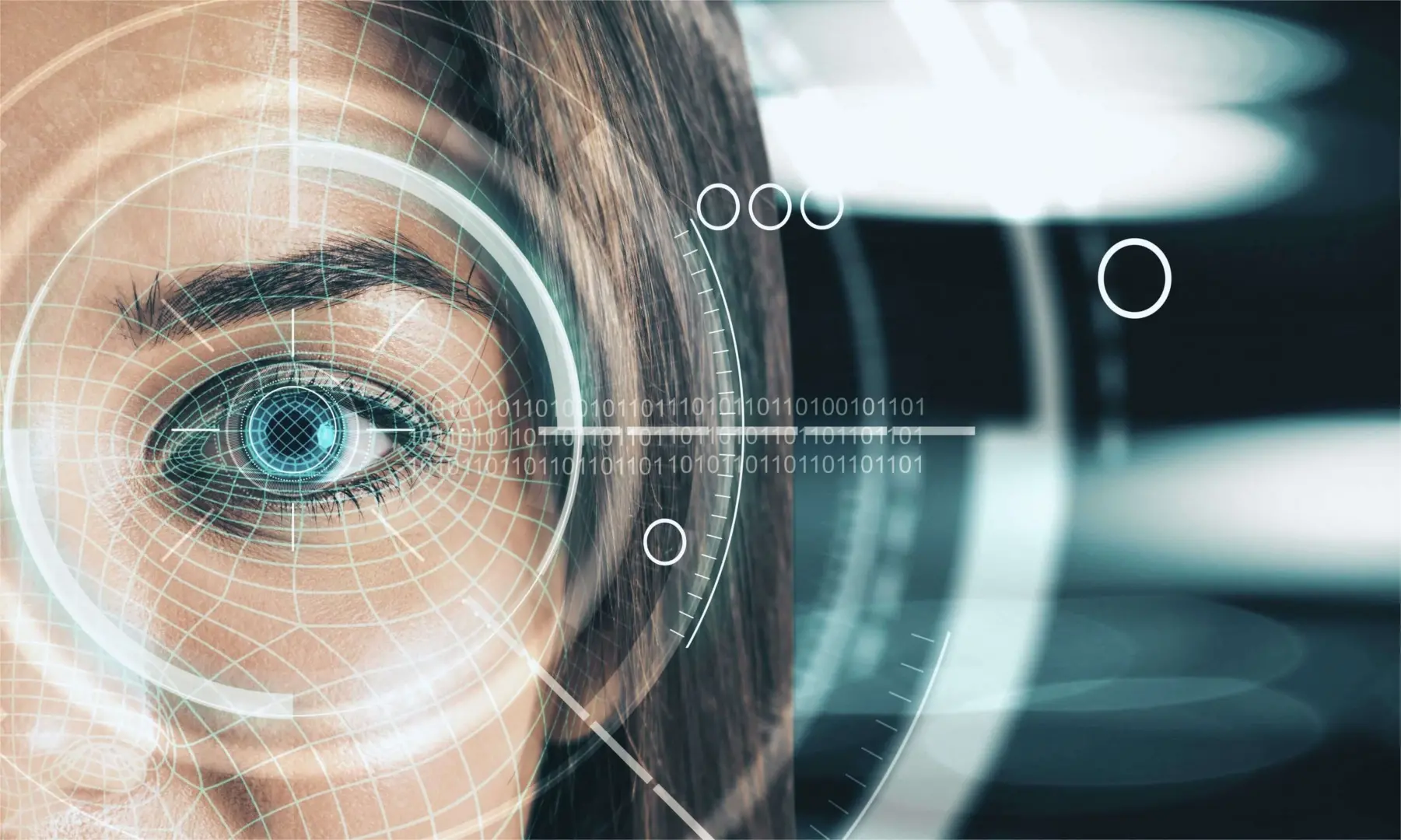For years, the mainstream media has featured biometric authentication to be a highly advanced fictional concept.
However, it may not be the case at the moment. Biometric authentication has seen evident implementation in various aspects of one's day-to-day life. Starting from security measures in airports to tracking employees' entry and exit, this method of authentication is now familiar to 75% of US consumers.
Governments are especially favoring the use of Biometrics to index their citizens, as seen in China and India. Biometric authentication is a double-edged sword that has been a source of controversy and skepticism since its inception. However, you don’t need to wonder what is so groundbreaking about this invention and how it could make life more efficient.

What Does Biometric Authentication Mean?
The dependence of society, as a whole, on technology and the internet to carry out basic day-to-day activities has led to a vulnerability in the security of one's identity. For example, the increase in payment gateways and online banking can make one susceptible to identity fraud. Therefore, the introduction of authentication as a way to curb identity theft was put into place.
In recent times, the requirement of authentication has been the reason for the exploration of more accurate and efficient methods to authenticate one's identity. Thus, biometric authentication came into being.
Biometric authentication refers to the use of technology to map out characteristic features present on a human. The software present in the machines carrying out this kind of authentication scans an individual's face or other personal characteristics to corroborate their identity and need not be restricted to the fingerprint scanner seen in offices and other spaces.
The requirement of an individual to put their fingerprint on documents was seen in Indian Government offices back in the 1850s. This was the first known case of biometric authentication, and the rest is history. However, there have been cases of its use even before that.
How Does the Biometric Software Work?
Biometric authentication involves the collection of personal unique information and storage in large databases. The principle of this type of authentication involves identifying an individual based on what they possess.
The biometric authentication software stores two kinds of data. The first variant is stored when a first-time visitor is introduced to the device collecting information. The second type of information is collected when the same individual is noticed by the database again.
At present, biometric software is capable of scanning several aspects of humans. Biometric scanning can record two types of features:
Facial recognition is a very common parameter used by biometric authentication software at the moment. This type of recognition is part of biological measurements. According to this standard of measurement, an individual's morphological features are scanned and recorded. Therefore, an individual's identity to a computer will be based on their fingerprint, iris, or face shape.
This type of recording involves singling out individuals based on their movements and other behavioral quirks unique to that particular individual. At present, the voice recognition feature present in most devices like speakers and phones is implementing behavioral recordings. For example, the ability to call on Alexa or Google Assistant with one's voice is a form of biometric recognition. In addition to this, the software can also notice how a person walks or stands and gestures.
Benefits of Biometric Authentication
Judging by the fact that biometric authentication has been in use for centuries, it is safe to say that it has a significant number of advantages. Moreover, this authentication technology is said to be valued at 55.4 billion dollars by 2027. This statistic reflects the fact that countries from around the world have started to notice the advantages that come with this technology. Some of these are mentioned below.
- Unique Parameters: Since an individual's biological features are being recorded, it is impossible to mix them with other people's data. Therefore, the computer can easily distinguish between two individuals.
- Convenience: The collection of data using biometric authentication devices occurs quickly. One simply has to lay their finger or stand in front of a sensor and have their information recorded.
- Low Risk: The added benefit of scanning one's features is that it is hard to duplicate or copy them. Therefore, the risk of identity fraud is greatly reduced in this case.
- Storage and Tracking: Biometric authentication makes it possible to effectively track an individual's movement and store it in a database.
Wrapping Up
Since its inception and later mainstream implementation, biometric authentication has significantly changed the way we authenticate identities. It saw an even bigger rise in popularity when it became a feature in many mainstream smartphones.
At present, other sectors like border control use this technology immensely, making the migration process easier with the release of e-passports. The release of 1.2 billion e-passports worldwide in 2020 in Europe was a groundbreaking feat that shows that biometric authentication is here to stay.




Leave your comments
Post comment as a guest